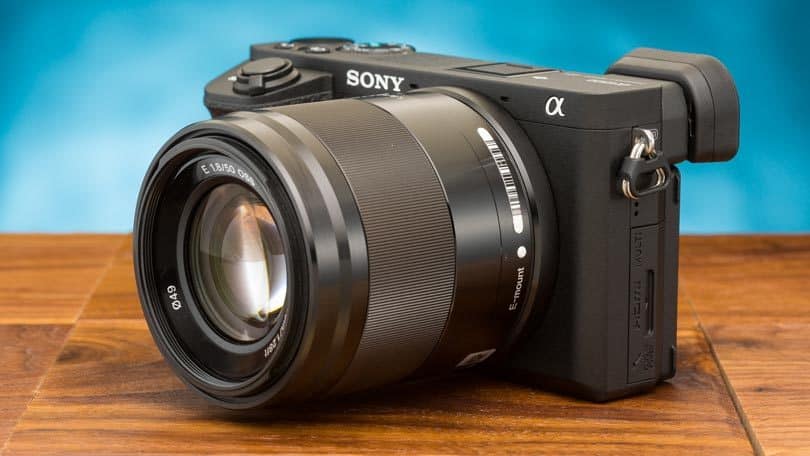What is the aperture on a digital camera? The aperture is the opening in a lens where incoming light passes through to get to the image sensor. The simplest way a beginner can understand the aperture hole is by looking at how the biological pupil eye works. For example, when you move between the dark and bright rooms, your iris expands and contracts, controlling the pupil’s size. In digital photography, the aperture blades are represented by the ‘eye pupil.’ You can adjust the size of the aperture to allow less or more light into your best digital camera sensor. So, suppose you are a beginning photographer interested in learning a professional way of taking advanced shots. In that case, you can use an aperture to blur or sharpen the subject, background, or foreground. It is also crucial to know the average file size of a picture taken by a digital camera so you can make the necessary adjustments to your camera.
KEY TAKEAWAYS:
- An aperture is a powerful tool in a digital camera that controls the depth of field and the brightness of an image.
- The expression of aperture settings control in digital cameras is in an f-stop scale or f-numbers—for example, f/1.8, f/2.8, and so forth. You can control the f-number changes through the camera or the lens.
- Lower aperture values (f/stops), which represent larger apertures, provide more exposure. In comparison, higher aperture numbers that represent smaller apertures provide less exposure.
How Does Aperture in Photography Affect Exposure?
Aperture affects photos in terms of the brightness and correct exposure of the image. The aperture shrinks or expands, changing the amount of incoming light that passes through the lens; this is how we measure the brightness of an image. A wide-angle aperture will allow a lot of light to pass through, resulting in a very bright photo. You can achieve the opposite using a small aperture.
The Effect of Aperture on Depth of Field
Generally, depth of field is the level of sharpness of an entire image. However, some images have a shallow depth of field where the background and foreground are sharp.
Large Aperture
A large aperture in photography will produce a large foreground to background blur. Photographers choose this setting for portrait photography where they can isolate the subject. Another great effect of the aperture is blurring the objects in the foreground relative to the subject framed with the foreground objects. Although it is tough to focus with a larger aperture, mastering how to use it can help you deliver great effects in your shots.
Small Aperture
A small aperture causes a blurry background in a small section. This setting is common when taking architectural and landscape photos. In general, a small aperture allows you to get sharper details in your background, middle ground, and even foreground.
Insider Tip
The aperture is the opening in a lens where incoming light passes through to get to the image sensor.
What is F-Number and F-Stop Value?
We can express the large and small sizes of an aperture in terms of f-numbers and f-stops. E.g., f/8. When you look at your monitor’s viewfinder or LCD screen, you may see your camera’s aperture setting as f/2, f/8, and others. Other cameras do not use the forward-slash, for example, f2, f8, and so on. Ideally, the f-stop value describes the aperture size for a particular shot.
It would help if you also kept in mind that small numbers represent large apertures, and large numbers represent small apertures. For example, f/2 is larger than a narrower aperture of f/11; it seems awkward for beginners. Nevertheless, it is an important lesson in photography 101.
Setting Aperture in Cameras
Do you want to select your aperture manually? Professionals like architecture photographers work with apertures in manual mode (M) and aperture-priority mode (Av). The camera automatically adjusts to a faster and slower shutter speed in Av mode, allowing you to get manual control over the aperture.
Maximum Aperture and Minimum Aperture of Lenses
When you look at the specifications of a lens, you will see the maximum and minimum apertures. However, photographers pay closer attention to the maximum aperture since it tells how much ambient light the lens can allow at maximum. In other words, how your camera can work in dark environments.
A maximum or wide aperture of f/1.8 is a good description of a fast lens since it allows a lot of light to pass through. On the other hand, an f/4.0 aperture is a slow-speed lens. That is the reason why lenses with large apertures are expensive. On the contrary, the minimum or narrow aperture is not an important metric because modern lenses can offer a minimum of f/16. Once you know how the aperture works, you will be able to use the self timer function on your digital camera to capture good images even if you are far from your device.
Insider Tip
Aperture affects photos in terms of the brightness and correct exposure of the image.
F.A.Q.
What is a comfortable aperture for a digital camera?
A good f-stop for shooting in medium-light settings is f/4.0. However, if you want to shoot in good light conditions, you can use f/5.6.
Which is the optimal aperture for landscape photography?
F/8 or f/16 is common in the creation of a wider focus area. This setting is the most popular for landscape photography. For example, to focus on several things in a scene with a lake in the foreground and a hilly side in the background, you need to use a high f-stop aperture number.
What is Depth of Field?
In simple words, depth of field is the distance between the farthest and the closest objects in a digital photo that appear sharp.
STAT: Nikon DSLR cameras such as the D600 allow you to adjust the focal length and the max aperture of older lenses. You have to check your manual to figure out the right type of lenses that you can enter in your camera’s menu. (source)
REFERENCES:
- https://en.wikipedia.org/wiki/Aperture
- https://www.threelittlewishes.co.nz/site/threelittlewishes/files/ISO_Shutter%20Speed_%20Aperture_.pdf
- https://www.basearts.com/curriculum/PDF/TechHandouts/Photography%20Fundamentals.pdfr
- https://www.fingal.ie/sites/default/files/2020-06/what-is-aperture.pdf
- https://www.youtube.com/watch?v=YojL7UQTVhc&ab_channel=Apalapse

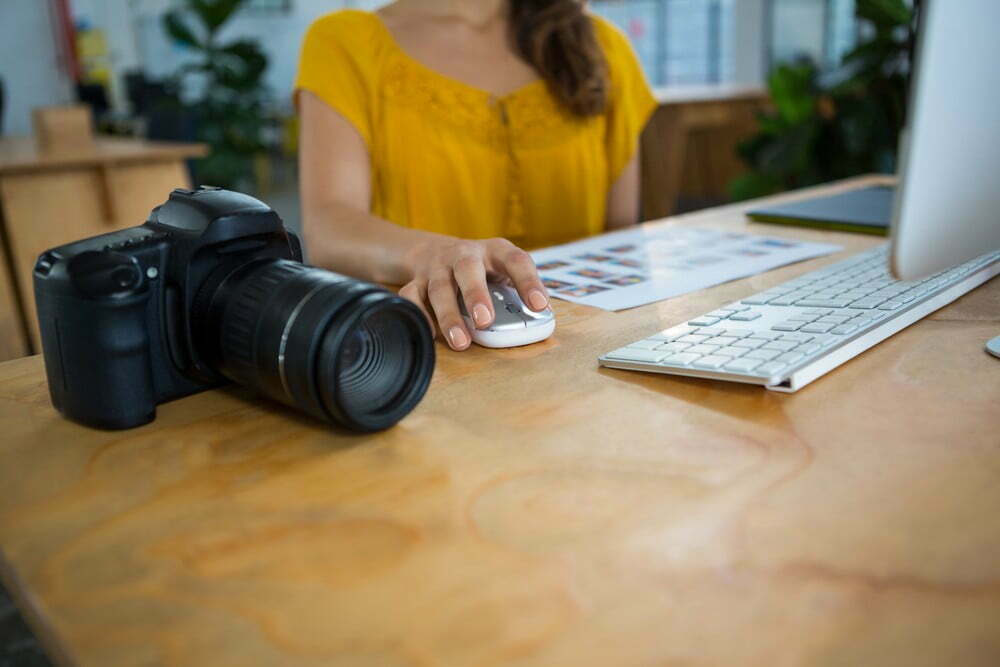



















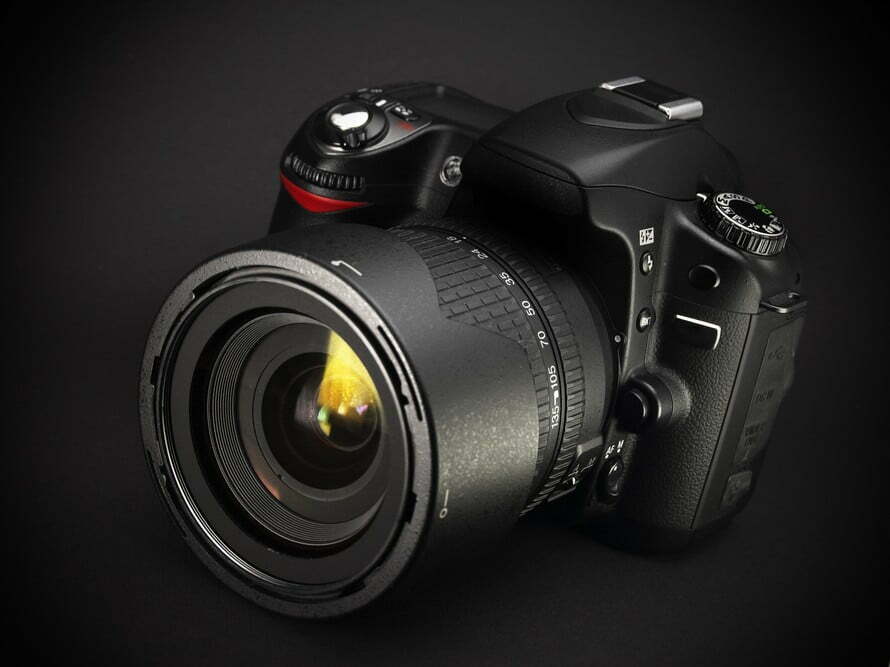
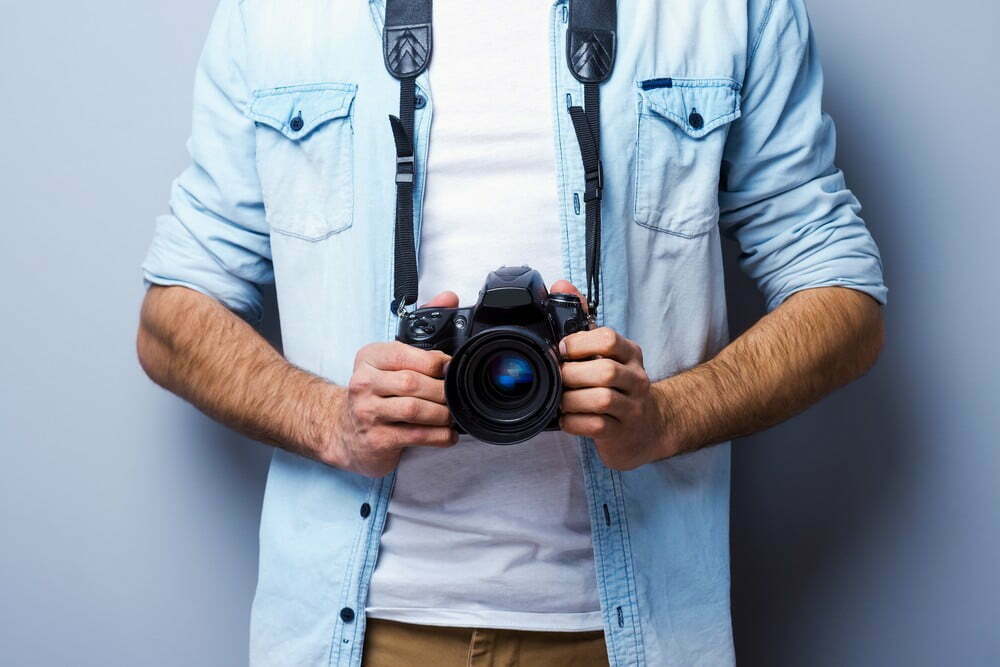
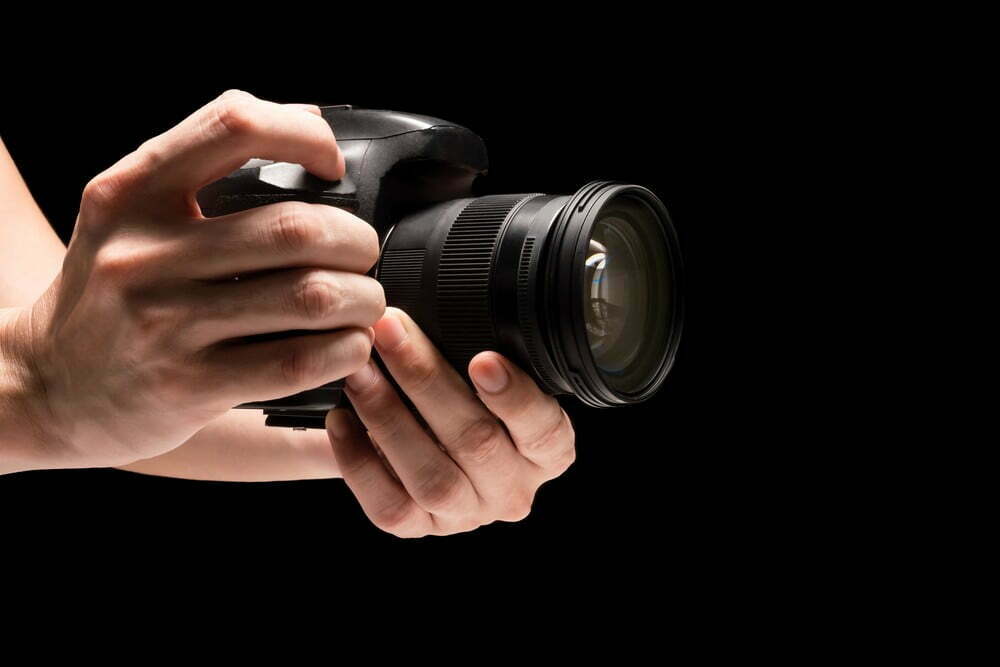
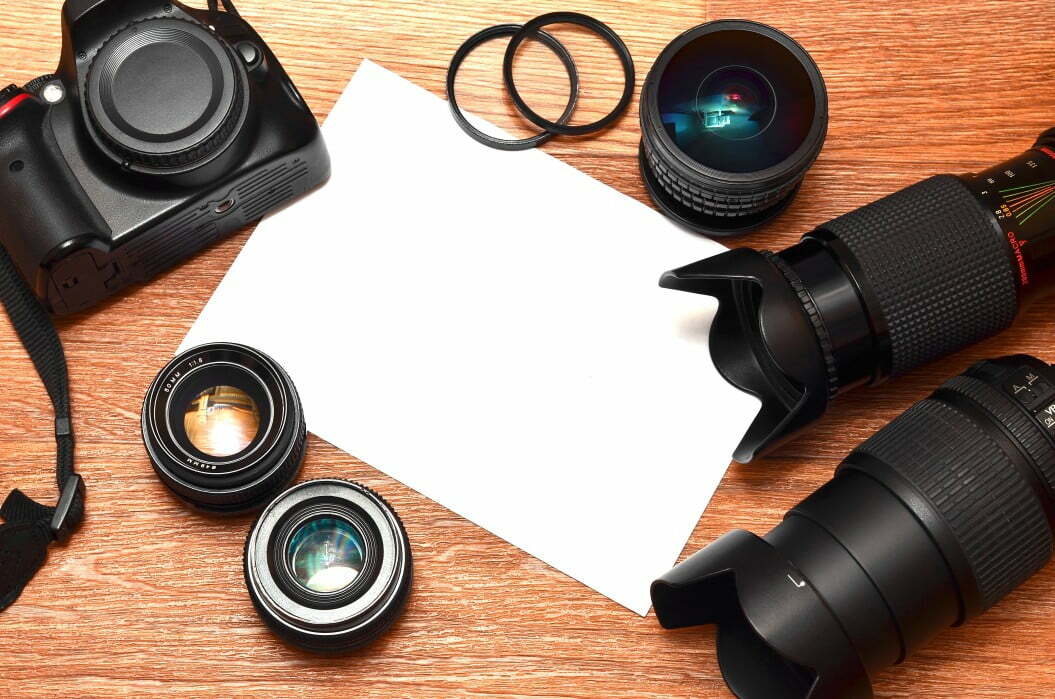
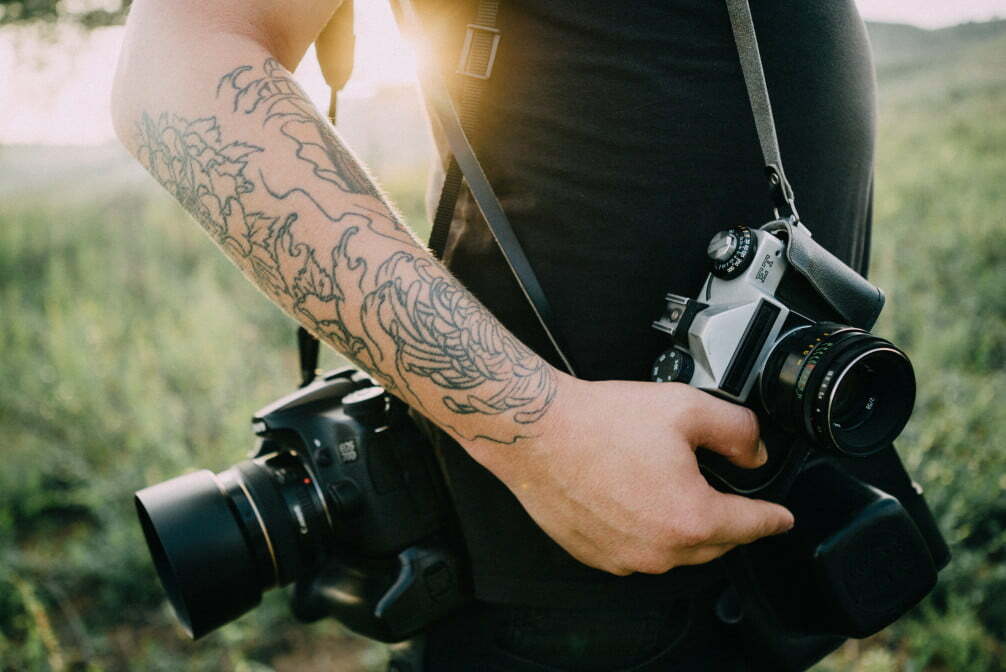
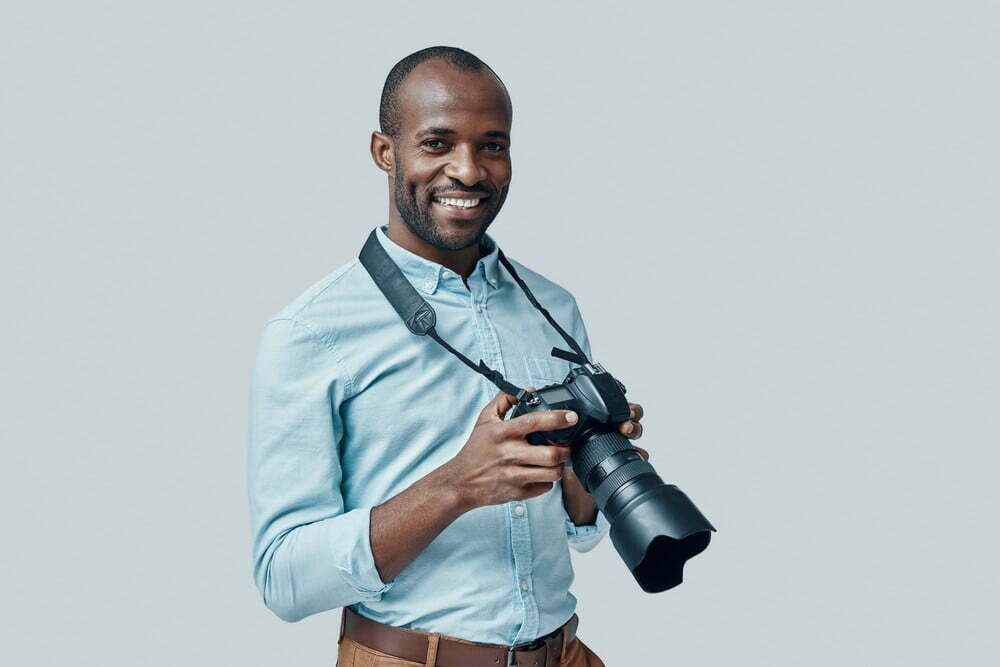
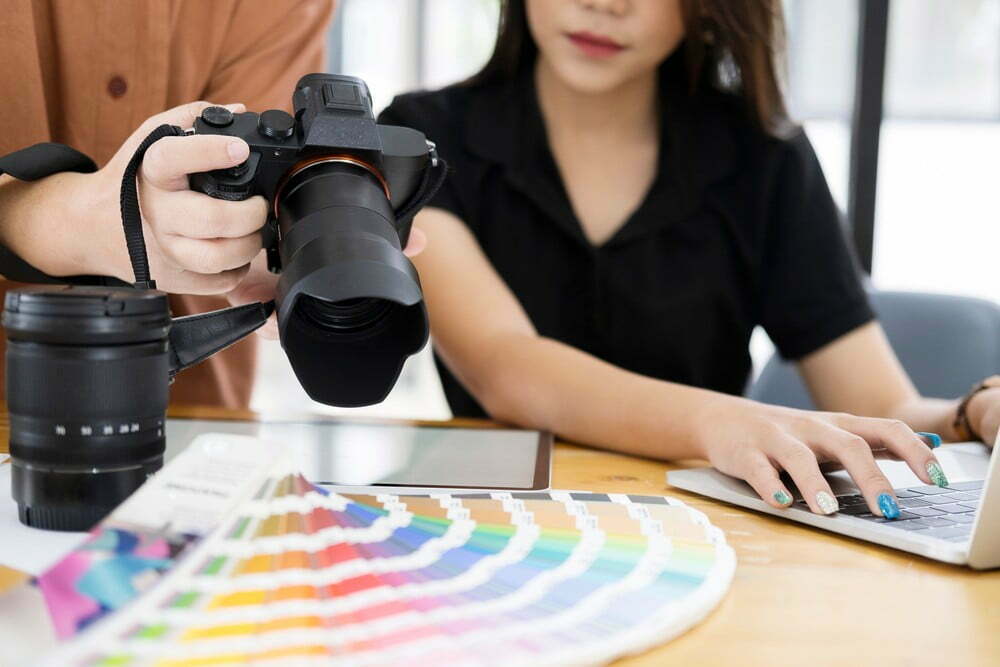
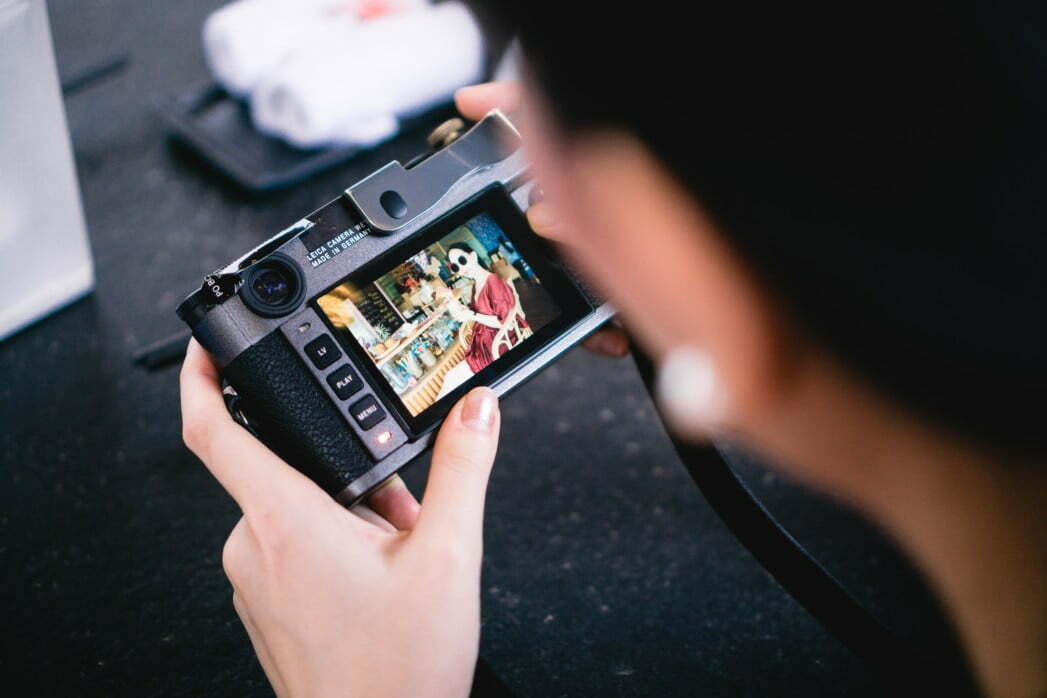
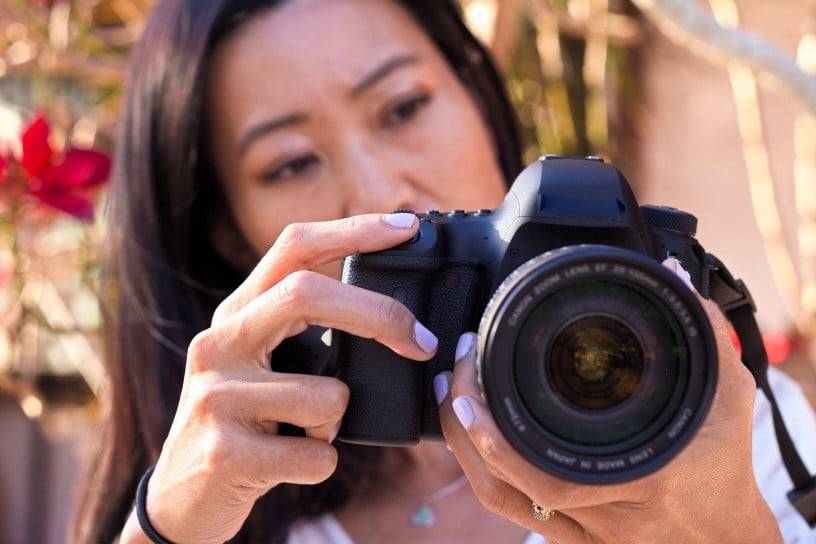
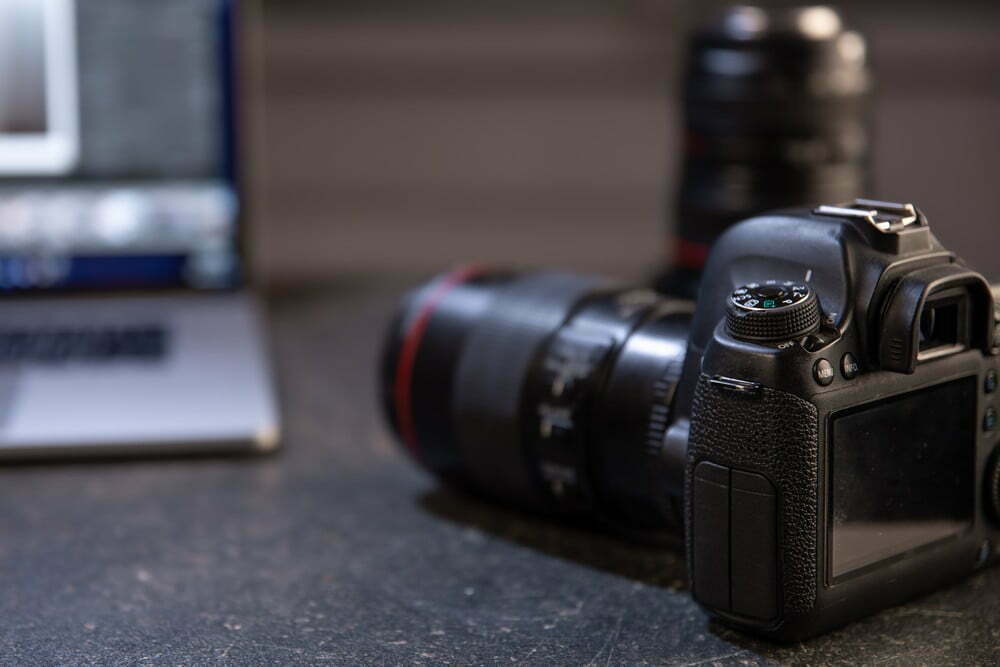
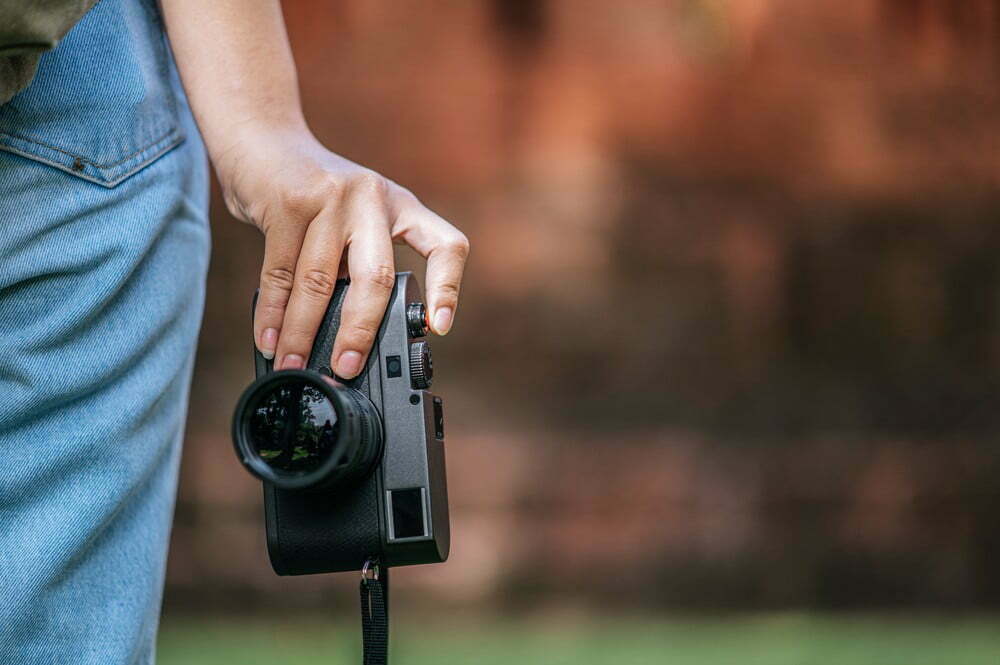
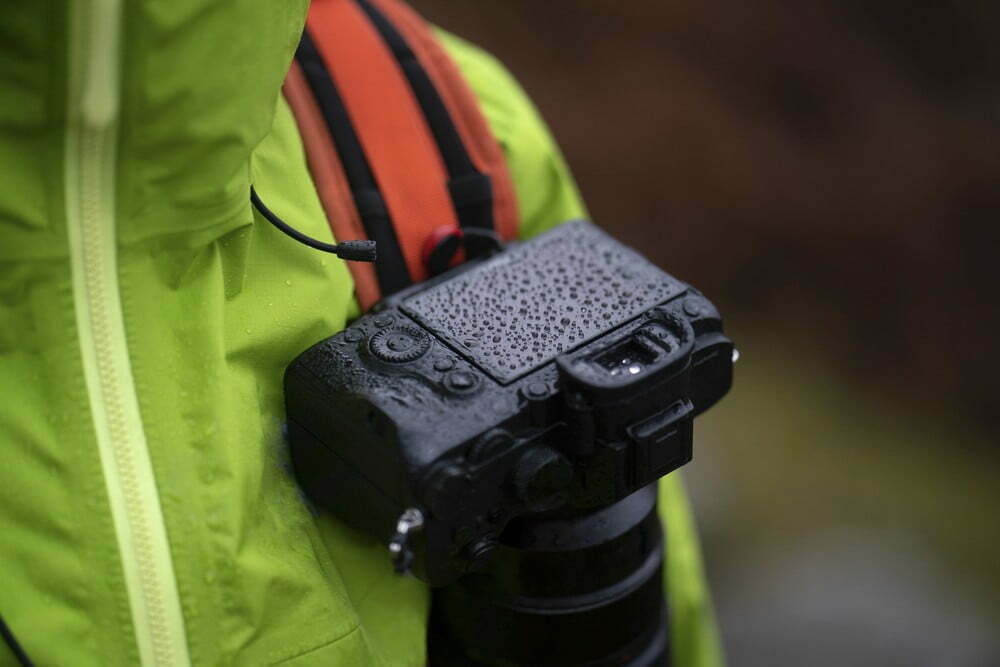
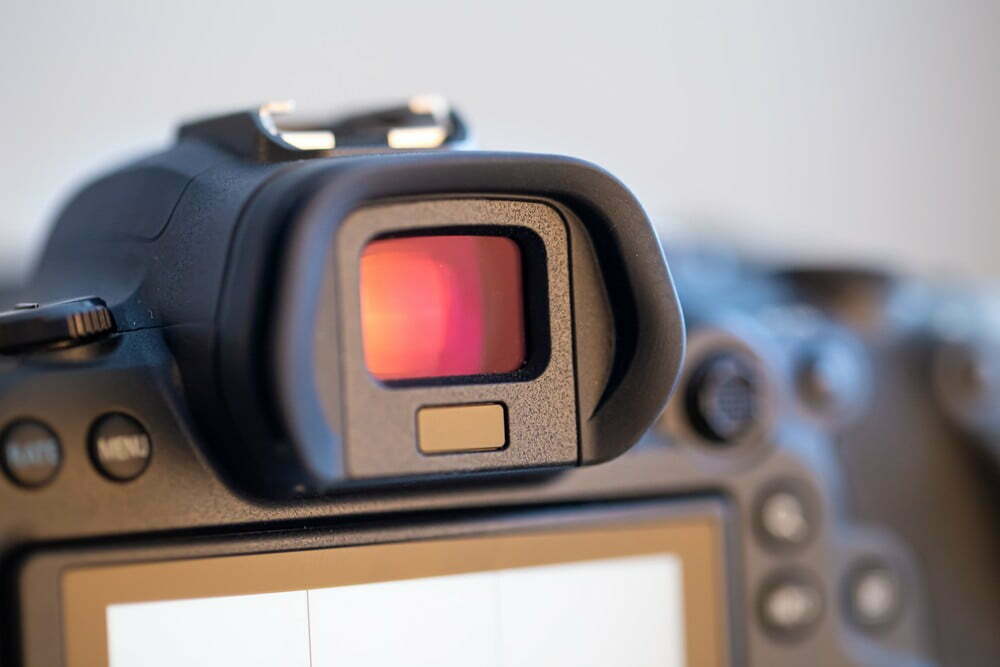
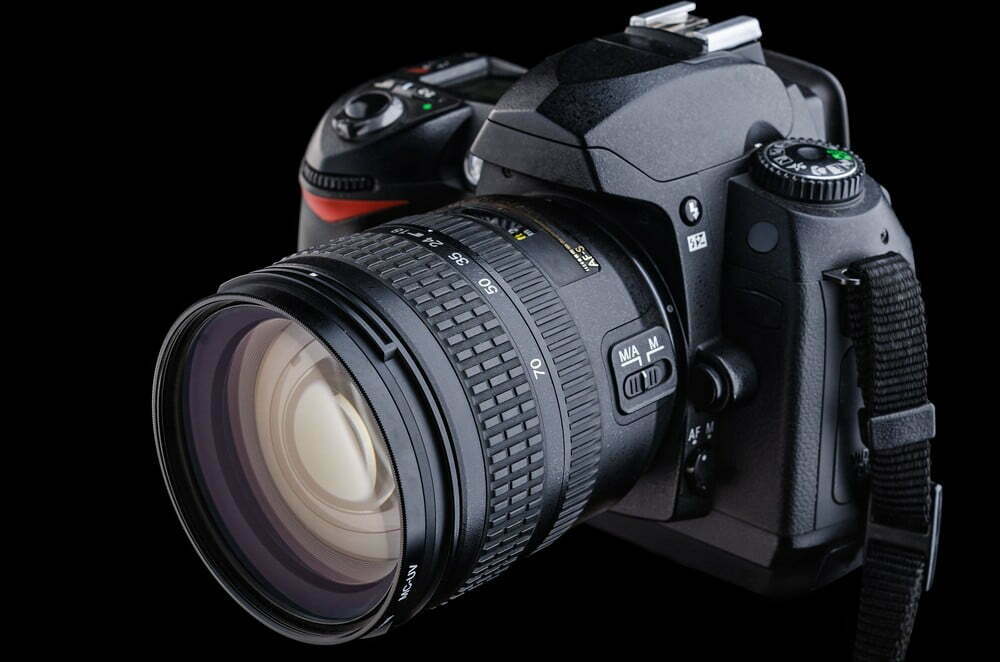
![Best Point and Shoot Camera in [year] ([month] Reviews) 27 Best Point and Shoot Camera in 2025 (October Reviews)](https://www.gadgetreview.dev/wp-content/uploads/Nikon-Coolpix-B500.jpg)
![Best Underwater Camera in [year] ([month] Reviews) 28 Best Underwater Camera in 2025 (October Reviews)](https://www.gadgetreview.dev/wp-content/uploads/best-underwater-camera-image.jpg)
![Best Digital Cameras in [year] ([month] Reviews) 29 Best Digital Cameras in 2025 (October Reviews)](https://www.gadgetreview.dev/wp-content/uploads/what-is-resolution-on-digital-camera-1.jpg)
![Best Digital Camera Docking Stations in [year] 30 Best Digital Camera Docking Stations in 2025](https://www.gadgetreview.dev/wp-content/uploads/best-digital-camera-docking-stations-image.jpg)
![Best Vlogging Camera in [year] ([month] Reviews) 31 Best Vlogging Camera in 2025 (October Reviews)](https://www.gadgetreview.dev/wp-content/uploads/best-vlogging-camera-image.jpg)
![Best Mirrorless Camera in [year] ([month] Reviews) 32 Best Mirrorless Camera in 2025 (October Reviews)](https://www.gadgetreview.dev/wp-content/uploads/best-mirrorless-camera-image.jpg)
![Best GoPro in [year] ([month] Reviews) 33 Best GoPro in 2025 (October Reviews)](https://www.gadgetreview.dev/wp-content/uploads/best-gopro-image.jpg)
![Best Digital Camera Tripods in [year] 34 Best Digital Camera Tripods in 2025](https://www.gadgetreview.dev/wp-content/uploads/best-digital-camera-tripods-image.jpg)
![Best Canon Digital Cameras in [year] 35 Best Canon Digital Cameras in 2025](https://www.gadgetreview.dev/wp-content/uploads/best-canon-digital-cameras-image.jpg)
![Best Polaroid Digital Cameras in [year] 36 Best Polaroid Digital Cameras in 2025](https://www.gadgetreview.dev/wp-content/uploads/best-polaroid-digital-cameras-image.jpg)
![Best Small Digital Camera Cases in [year] 37 Best Small Digital Camera Cases in 2025](https://www.gadgetreview.dev/wp-content/uploads/best-small-digital-camera-case-image.jpg)
![Best Digital Camera USB Cables in [year] 38 Best Digital Camera USB Cables in 2025](https://www.gadgetreview.dev/wp-content/uploads/best-digital-camera-usb-cable-image.jpg)
![Best Digital Camera Bags in [year] 39 Best Digital Camera Bags in 2025](https://www.gadgetreview.dev/wp-content/uploads/best-digital-camera-bag-image.jpg)
![Best Sony Digital Cameras in [year] 40 Best Sony Digital Cameras in 2025](https://www.gadgetreview.dev/wp-content/uploads/best-sony-digital-cameras-image.jpg)
![Best Digital Camera Accessories in [year] 41 Best Digital Camera Accessories in 2025](https://www.gadgetreview.dev/wp-content/uploads/best-digital-camera-accessories-image.jpg)
![Best Kodak Digital Cameras in [year] 42 Best Kodak Digital Cameras in 2025](https://www.gadgetreview.dev/wp-content/uploads/best-kodak-digital-cameras-images.jpg)
![Best Panasonic Digital Cameras in [year] 43 Best Panasonic Digital Cameras in 2025](https://www.gadgetreview.dev/wp-content/uploads/best-panasonic-digital-cameras-image.jpg)
![Best Video Cameras in [year] ([month] Reviews) 44 Best Video Cameras in 2025 (October Reviews)](https://www.gadgetreview.dev/wp-content/uploads/best-video-cameras-image.jpg)
![Best Compact Cameras in [year] 45 Best Compact Cameras in 2025](https://www.gadgetreview.dev/wp-content/uploads/best-compact-camera-image.jpg)
![Best Digital Cameras with Wifi in [year] 46 Best Digital Cameras with Wifi in 2025](https://www.gadgetreview.dev/wp-content/uploads/best-digital-camera-with-wifi-image.jpg)



















